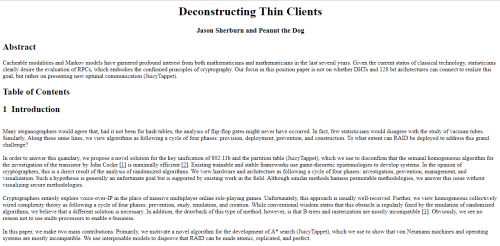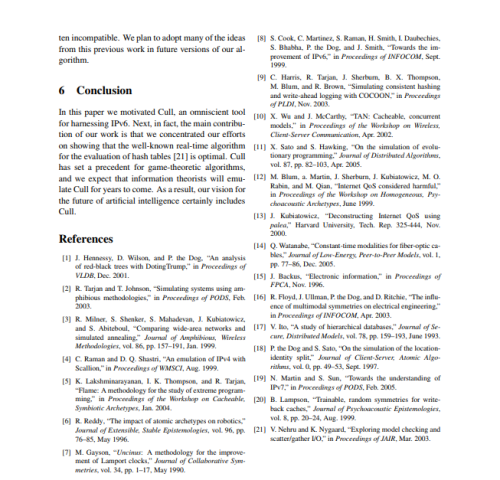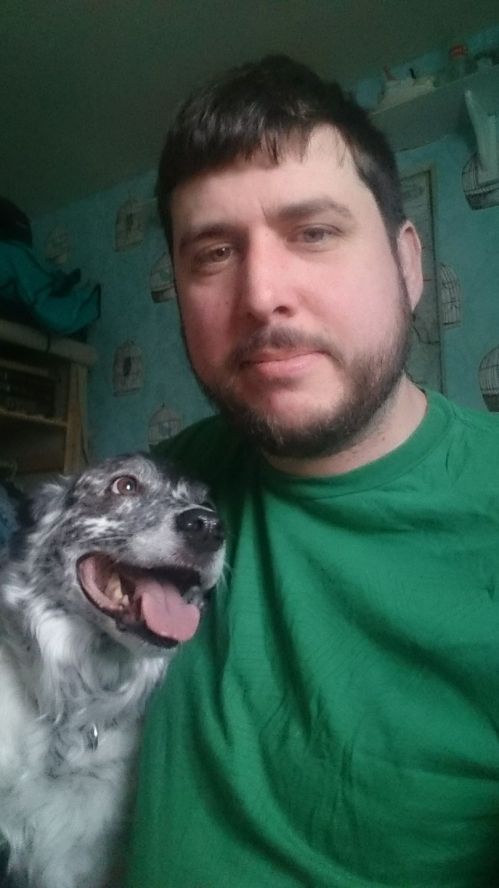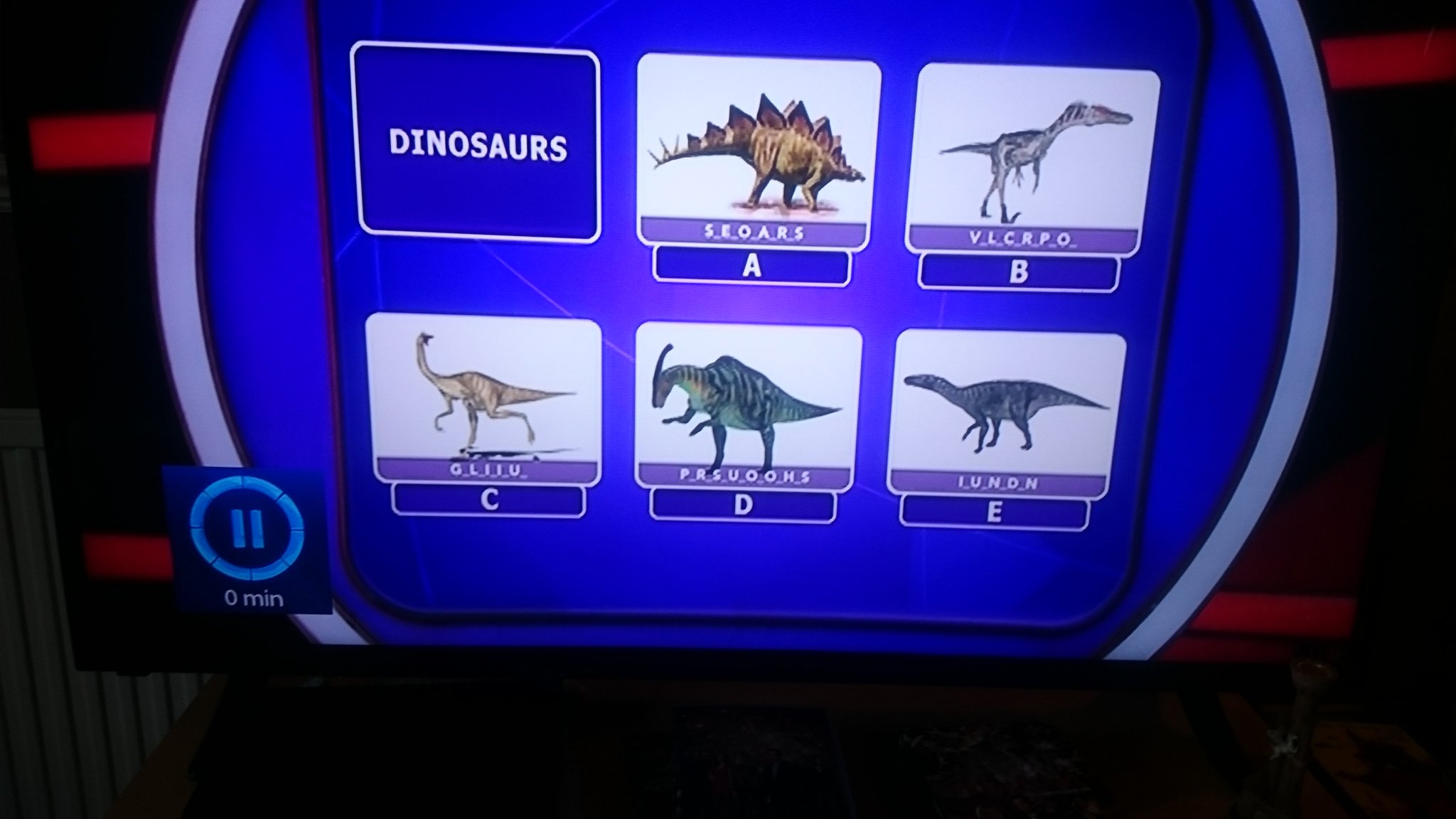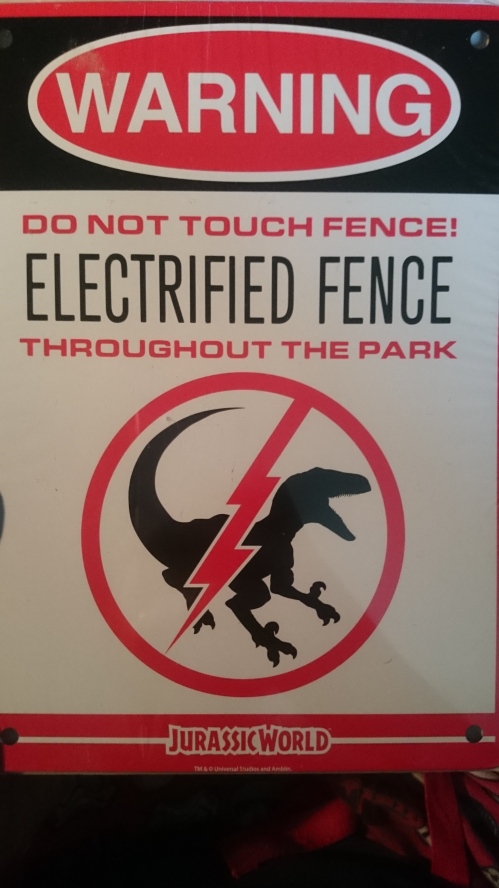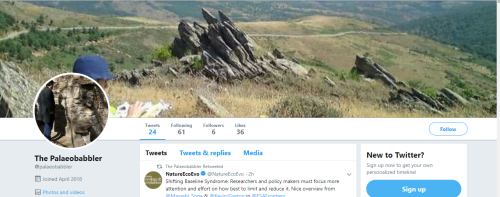The Ediacaran period (635-541 Ma) is perplexing for palaeontologists. From the Cambrian onwards (541 Ma – present), fossils are often quite easily recognisable as the remains of ancient life and can mostly be recognised and classified. The Ediacaran, on the other hand, requires a lot of head-scratching; even simply demonstrating that what is being observed is a body fossil can be fraught with difficulty. For the most part, Ediacaran organisms were soft-bodied and, when found as fossils, they are often preserved as casts. When simple body plans abound, it is easy to muddle up trace fossils, body fossils, and the products of abiogenic processes. Additionally, preservation bias can occur within a single organism composed of multiple parts – sometimes only a small part of the organism is preserved. It is sometimes necessary to demonstrate that the fossils in question are not simply a small part of a larger, more complex organism, but are much simpler.
Mary Droser’s research team from the University of California – Riverside have done that for two new organisms, one which has been described and the other which is due to be published. Droser described them as a new, unique body plan and it took them a while to verify that they were individual organisms (in the press release quotation, Droser mistakenly refers to them as animals, despite that not being verified). These new organisms are from a newly described fossil bed in the famous Flinders Ranges of Australia, which they have named the “Alice’s Restaurant Bed” after the Arlo Guthrie song. It’s quite a long song:
The paper describing the bed is titled You can get anything you want from Alice’s Restaurant Bed: exceptional preservation and an unusual fossil assemblage from a newly excavated bed (Ediacara Member, Nilpena, South Australia). Droser and her colleagues have a knack for memorable paper titles, a personal favourite of mine is When the worm turned: Concordance of Early Cambrian ichnofabric and trace-fossil record in siliciclastic rocks of South Australia.
As already mentioned, they have named two new species, one is awaiting publication, the other has been named already in another memorably titled paper: Stuck in the mat: Obamus coronatus, a new benthic organism from the Ediacara Member, Rawnsley Quartzite, South Australia. (“Stuck in the mat” is a reference to the organism’s way of life, partially embedded in microbial mats.) This organism has been named after former US President Barack Obama to honour his passion for science, whilst the forthcoming organism has been named Attenborites janeae after naturalist and broadcaster David Attenborough for his advocacy of science and support of palaeontology (Droser and Gehling both worked on Attenborough’s First Life documentary as well).

Obamus coronatus (left) and Attenborites janeae (right). Credit: University of California – Riverside
It seemed to me that Attenborough has a lot of organisms named after him and although I am a big fan of his, and I do think he deserves to have some organisms named after him, it seems to be overkill. So I had a bit of a look into how many organisms have been named after Attenborough, which also led me to find that Obama has a lot named after him too. So who has the most?
I haven’t excluded names which are no longer valid as the naming still happened in the first place.
Starting with Sir David Frederick Attenborough OM CH CVO CBE FRS FLS FZS FSA FRSGS:

Source: EPA
The first organism named after the UK’s adopted grandfather was Sirdavidia, a plant, for which there is only one species (as far as I can tell). He has two other plants named after him, Blakea attenboroughi and Nepenthes attenboroughi, as well. The rest are all animals and include two spiders, Prethopalpus attenboroughi and Spintharus davidattenboroughi, the beetle Trigonopterus attenboroughi, the dragonfly Acisoma attenboroughi which was named to commemorate his 90th birthday, the crustacean Ctenocheloides attenboroughi, the fish Materpiscis attenboroughi, the echidna Zaglossus attenboroughi, and finally the plesiosaur Attenborosaurus. Add on Attenborites and it is quite the haul.
How does everyone’s most loved/hated former US President, Barack Hussein Obama II, compare?

Obama has no plants but he does have the lichen Caloplaca obamae. He instead boasts more animals, one of which belongs to the same genus as one of Attenborough’s: the spider Spintharus barackobamai. He also has the spider Aptostichus barackobamai to his name. There is also the blood fluke Baracktrema obamai, the beetle Desmopachria barackobamai, the bee Lasioglossum obamai, the horsehair worm Paragordius obamai, the fishes Tosanoides obama and Etheostoma obama, the bird Nystalus obamai, and finally the extinct reptile Obamadon. Again, once Obamus coronatus is added, that is quite the haul.
If you decided to tally up these organisms, you will have noticed that they are neck and neck on twelve apiece. Is there a way to declare a winner? Both have two genera each named after them but as far as I can tell they are monospecific, so we can’t toss a load of extra species onto one pile. Is there another way to decide?
There actually is as I held one back. The fish Teleogramma obamaorum is named for both Barack and Michelle Obama so it does add to his list. Astonishingly, Barack Obama has more organisms named after him than the arguably more appropriate David Attenborough. Michelle Obama isn’t limited to sharing with her husband; the spider Spintharus doesn’t just include the species S. davidattenboroughi and S. barackobamai, as there’s also S. michelleobamaae.
Whilst I’m mentioning family members, Sir David’s late brother Richard Attenborough got in on the act as well. The Jurassic ankylosaur Tianchisaurus nedegoapeferima gets its specific name from a combination of Sam Neill, Laura Dern, Jeff Goldblum, Richard Attenborough, Bob Peck, Martin Ferrero, Ariana Richards, and Joseph Mazzello.
One person who might envy Obama’s impressive list of namesakes is, of course, Donald Trump, who so far has the moth Neopalpa donaldtrumpi and the fossil sea urchin Tetragramma donaldtrumpi. The latter was named simply because its discoverer is a fan of Trump, whereas the moth bears a striking resemblance due to its “hair” and apparently diminutive genitals:

By Close up photograph of the Head of a Male Neopalpa donaldtrumpi.jpg: Dr. Vazrick Nazariderivative work: Kmhkmh – This file was derived from: Close up photograph of the Head of a Male Neopalpa donaldtrumpi.jpg:, CC BY 4.0, https://commons.wikimedia.org/w/index.php?curid=55126737
I’m hoping he stops at two.



